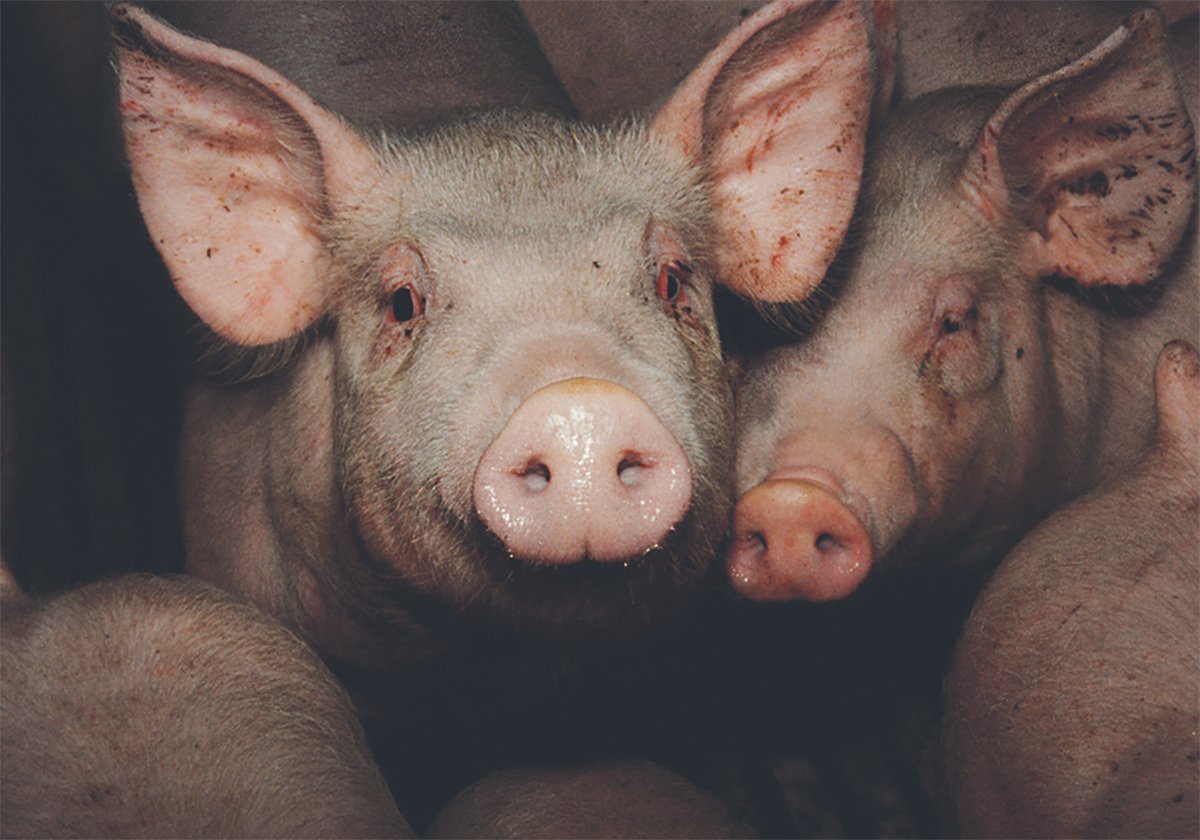Beef chair says pressure to eliminate antibiotics would reduce producer profits, increase food prices and cause food insecurity
Alternatives to conventional antibiotics for livestock are being researched on many fronts, but none deliver the same bang for the buck.
“There isn’t any yet that is as good as conventional antibiotics,” Agriculture Canada researcher Trevor Alexander said at the recent University of Calgary beef health conference.
There are also consequences for cutting back on antimicrobials to treat illness.
“Livestock producers would have loss of profitability and consumers could see an increase in food prices and a decrease of food security and there could be an erosion of animal welfare,” he said.
Read Also

The Western Producer Livestock Report – October 30, 2025
Western Producer Livestock Report for October 30, 2025. See U.S. & Canadian hog prices, Canadian bison & lamb market data and sales insights.
There is increasing pressure to end the use of growth promoting hormones in beef production, but John McKinnon, beef chair at the University of Saskatchewan, said the consequences wouldn’t be desirable.
“To produce the same amount of beef we are going to have to have more cattle and longer feeding periods and a greater environmental footprint,” he said.
“If we are going down this road of giving up these technologies, we certainly have to have alternatives in terms of improving productivity.”
Scientists are examining possible substitutes for antimicrobials as the public grows more alarmed about the risk of transferring antibiotic resistant bacteria from animals to people.
Alexander started to study the issue at the federal research centre in Lethbridge in 2008.
At the time, less than one percent of bacteria found in feedlot calves were resistant to the active ingredient in Draxxin, a common treatment for bovine respiratory disease. However, increasing resistance had been detected in Alberta feedlots by 2015-16.
In the United States, resistance has been found to 10 antibiotics used to treat BRD.
Most alternative products are feed additives to enhance digestibility and growth, said Alexander.
Scientists are studying plant compounds such as tannins, saponins and essential oils and live organisms such as probiotics and feed enzymes.
However, highly variable results were reported under test conditions, and no real improvement in performance has been found.
Probiotics introduced to the rumen to enhance digestion are not highly effective because they need to compete with a broad variety of effective micro-organisms. Probiotics may need to be introduced to perform secondary functions such as lactic acid reduction in animals that eat high grain diets.
Feed enzymes have the potential to improve digestibility, but responses have been variable.
There is increasing interest in finding a way to bind an enzyme to bacillus spores to see if there is an improvement in digestibility because they seem to be able to survive the rumen environment.
“There are a lot of alternatives that have been proposed to mitigate pathogens, but not very many of them have been investigated in live animals and even fewer have been investigated in cattle,” Alexander said.
Treating BRD with probiotics is also under review.
The upper respiratory tract is a reservoir of a long list of pathogens that can cause infection under the right conditions.
A lot of antibiotic use is intended to stop the process of infection in the upper tract and prevent it from reaching the lower respiratory tract.
“The microbiota of the respiratory tract probably acts as a gatekeeper and provides resistance to colonization by respiratory pathogens,” he said.
Scientists at Lethbridge are looking at producing nasal probiotics to control diseases such as BRD.
Improved management is another way to reduce antibiotic use.
Preconditioning calves with vaccinations and low stress handling can be successful, and evidence shows that these animals are less likely to develop respiratory disease later in life.
The adoption of alternatives to growth promoting antibiotics and hormone implants, beta agonists, estrus suppressants and ionophores may force producers to give up feed efficiency and face an increased risk of disease, said McKinnon.
Current growth promoting technology is highly effective and when used responsibly leads to production of safe beef in a sustainable manner, he said.
Despite significant research into alternatives, there are no silver bullets on the horizon to replace current technology and still provide the same levels of efficiency.
Replacements such as garlic, juniper berry and essential oils derived from coriander, rosemary and cinnamon may also offer antimicrobial benefits so that healthier animals may grow better.
A cinnamon byproduct had no effect over an entire feeding period experiment, but there was an im-provement in feed intake in the first 21 days of the trial. McKinnon said that is the period when it is hard to get calves eating while arriving at a feedlot, so this may help.
Enzymes have a variable re-sponse in beef and dairy cattle. The idea is to provide a cocktail of enzymes that can break down cellulose from more mature forage so cattle get more nutrition.
Yeast meant to stimulate rumen bacterial growth, enhance fibre digestion and feed intake and increase rumen pH may help the immune system. It is widely used in the dairy industry for increased milk production, but response in beef cattle has been variable.
Forage levels have decreased in feedlot diets in the last 40 years. A ration contains five to 10 percent of dry matter today compared to 25 to 30 percent in the 1970s.
“Monensin allowed them to go to 90 percent concentrate and controlled that variable level of rumen pH,” he said.
Concentrated grain diets are linked to higher acid levels in the rumen and variable pH, resulting in liver abscesses, acidosis, laminitis and founder. This can result in poor weight gain.
The last Canadian beef quality audit found that almost 10 percent of livers were classified as severely abscessed and had to be condemned.















